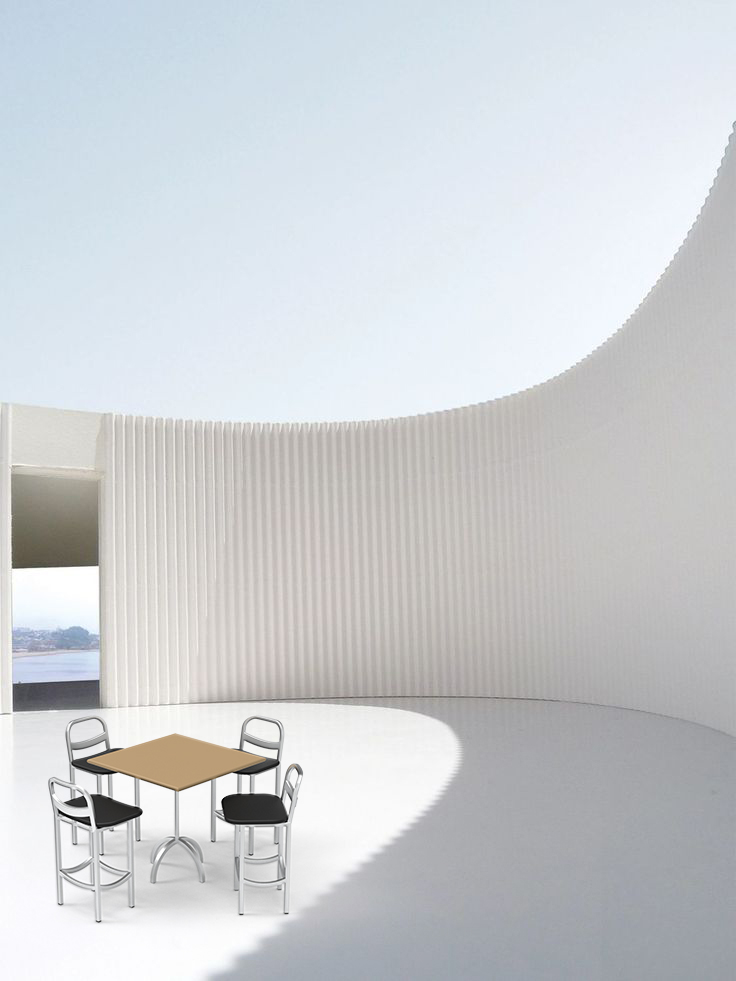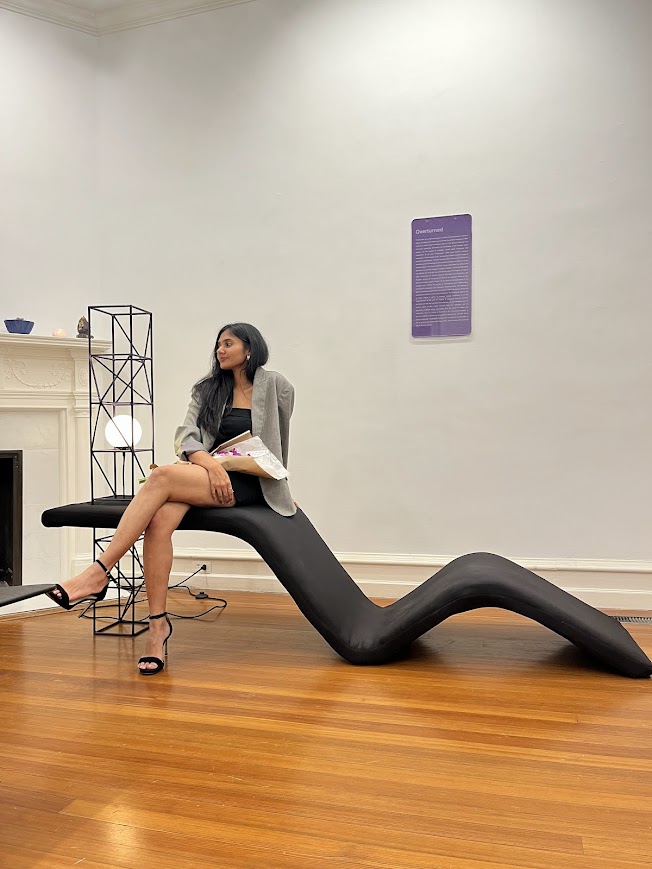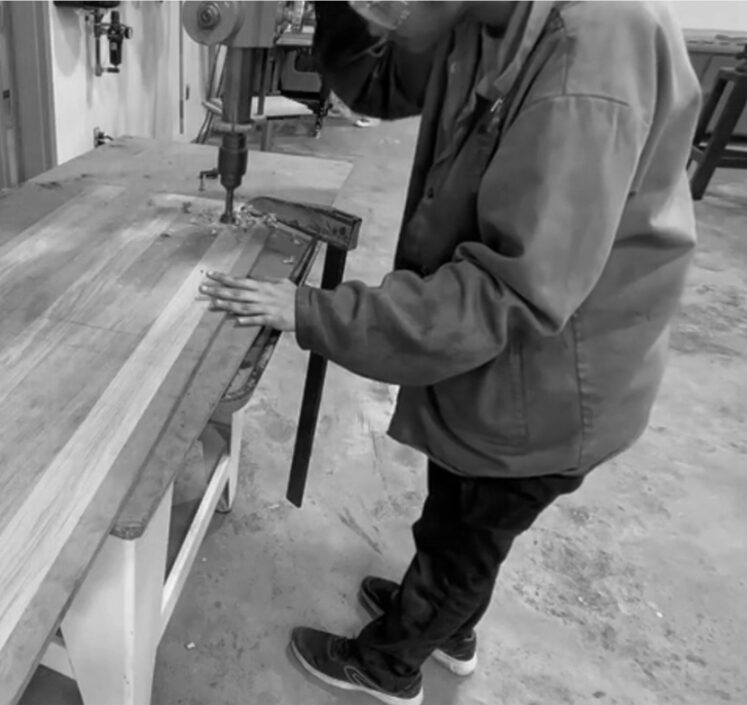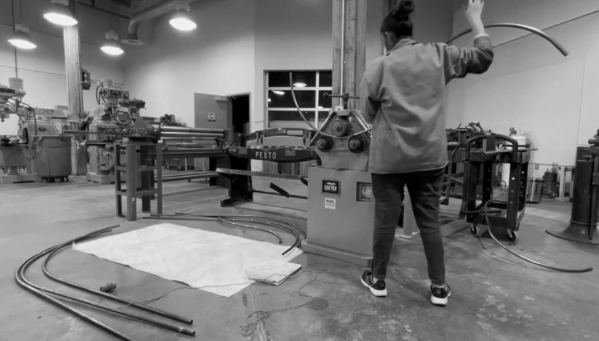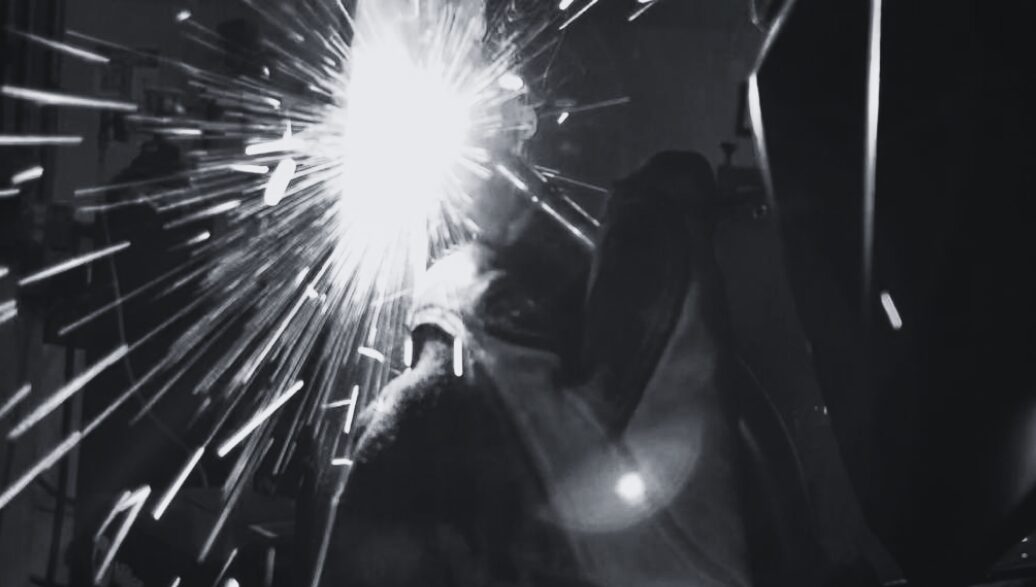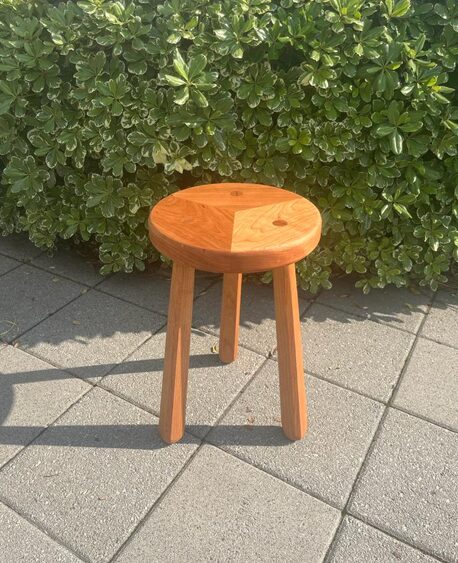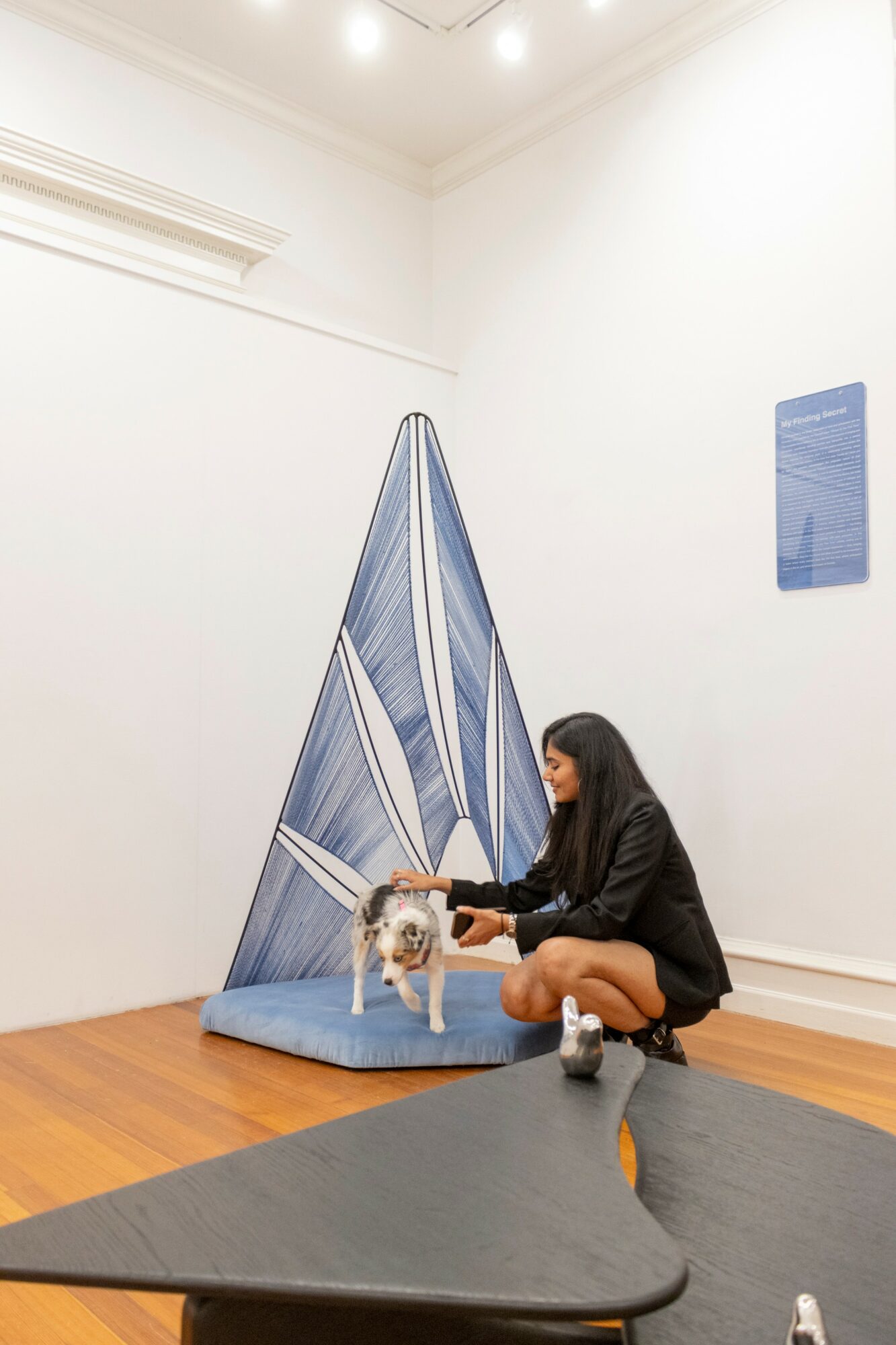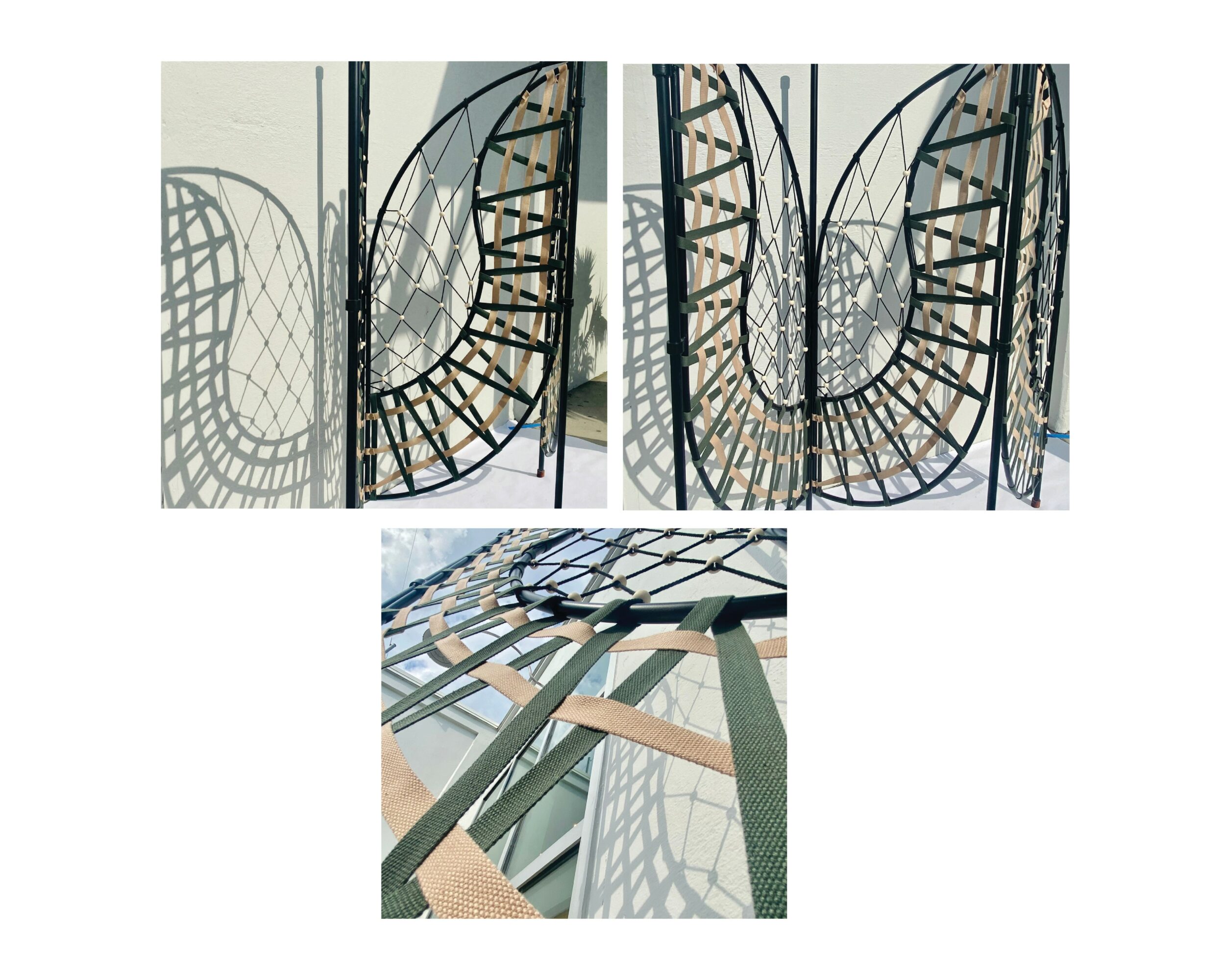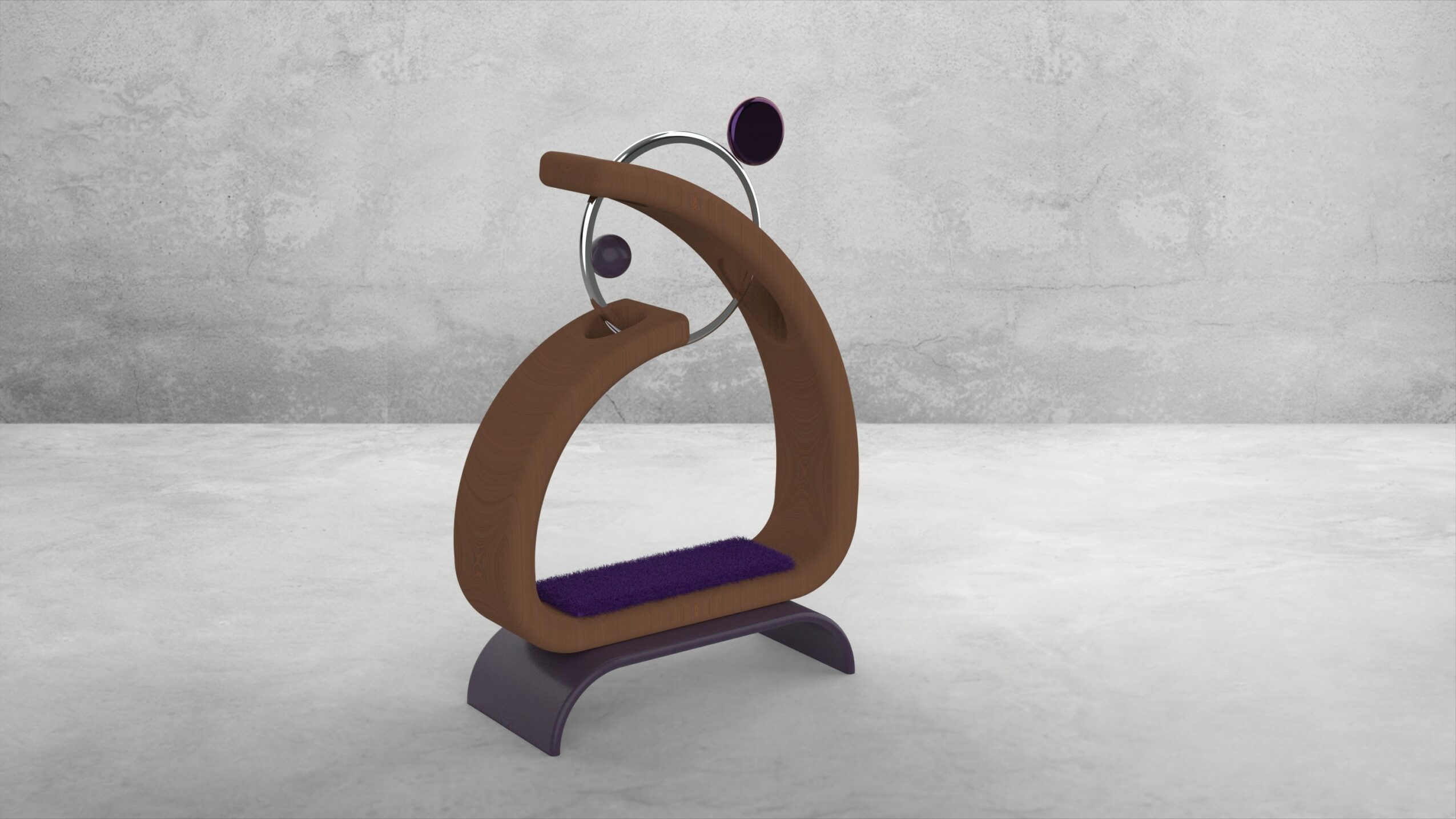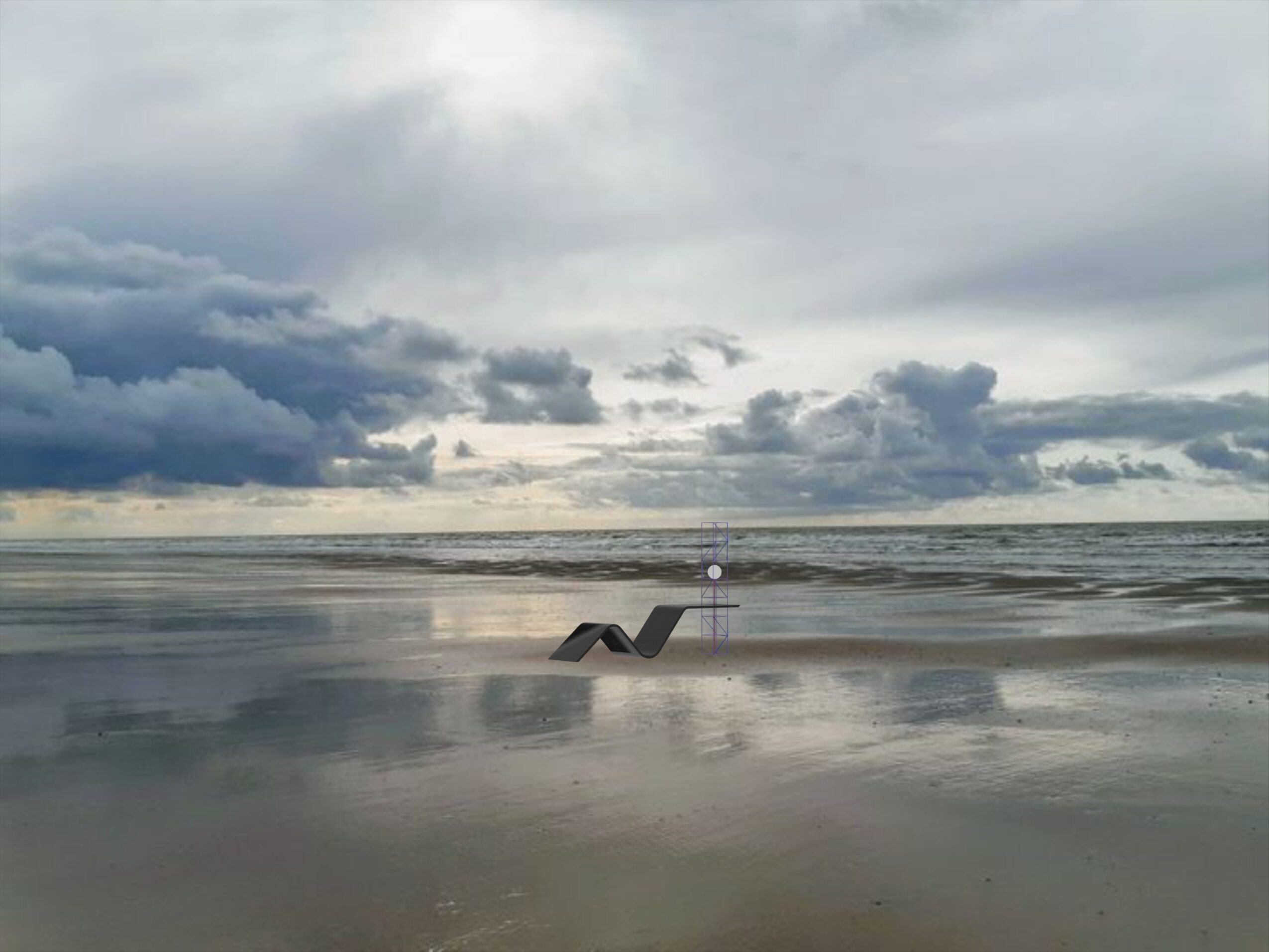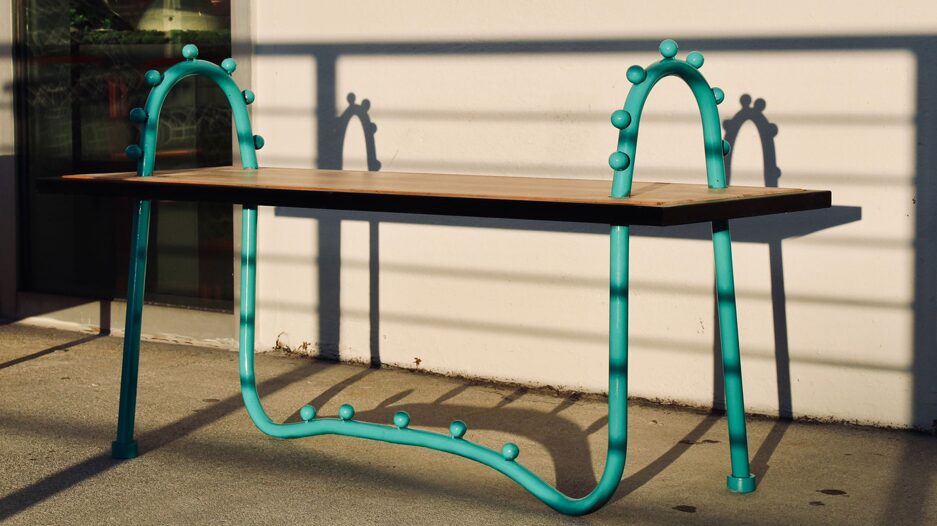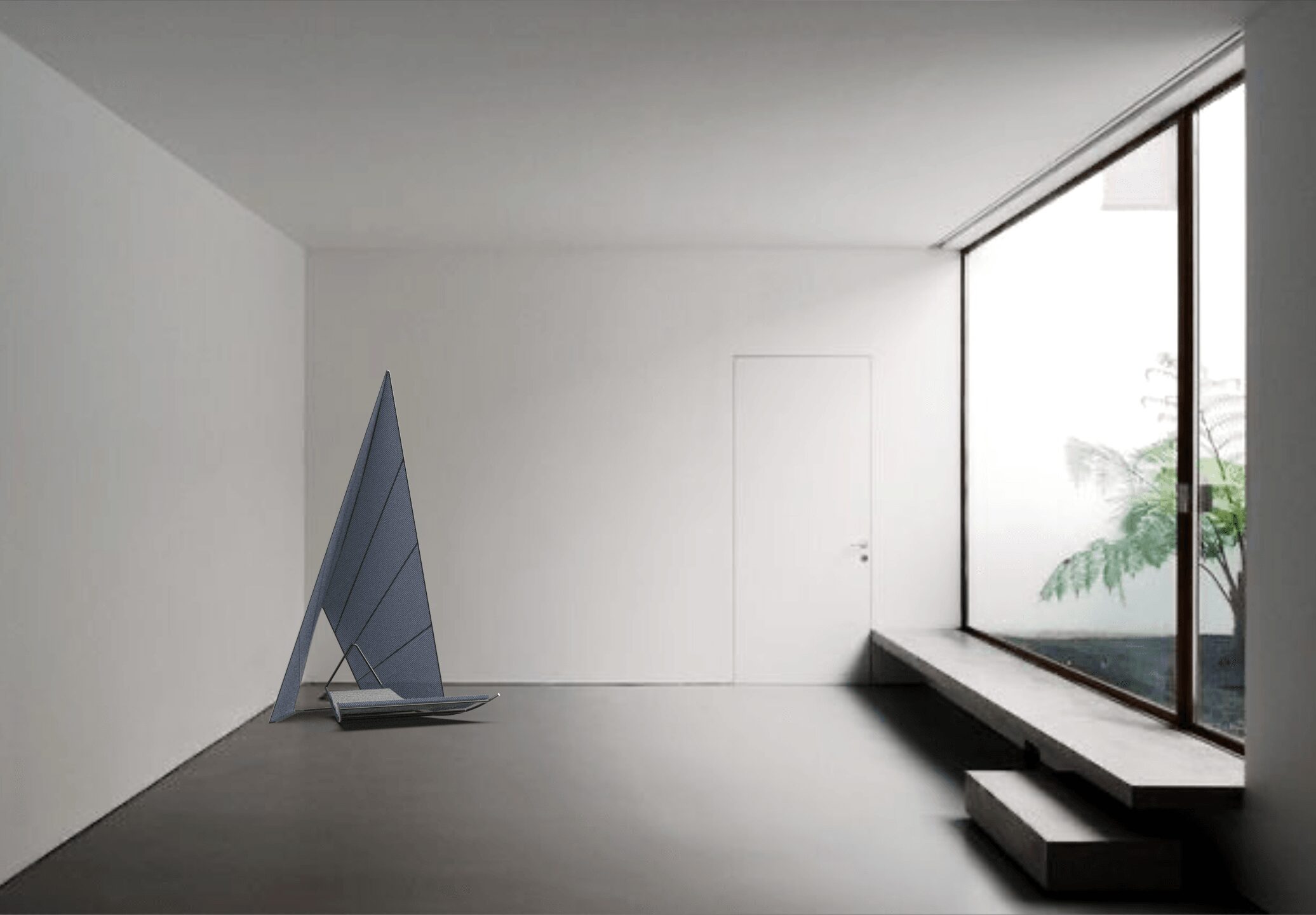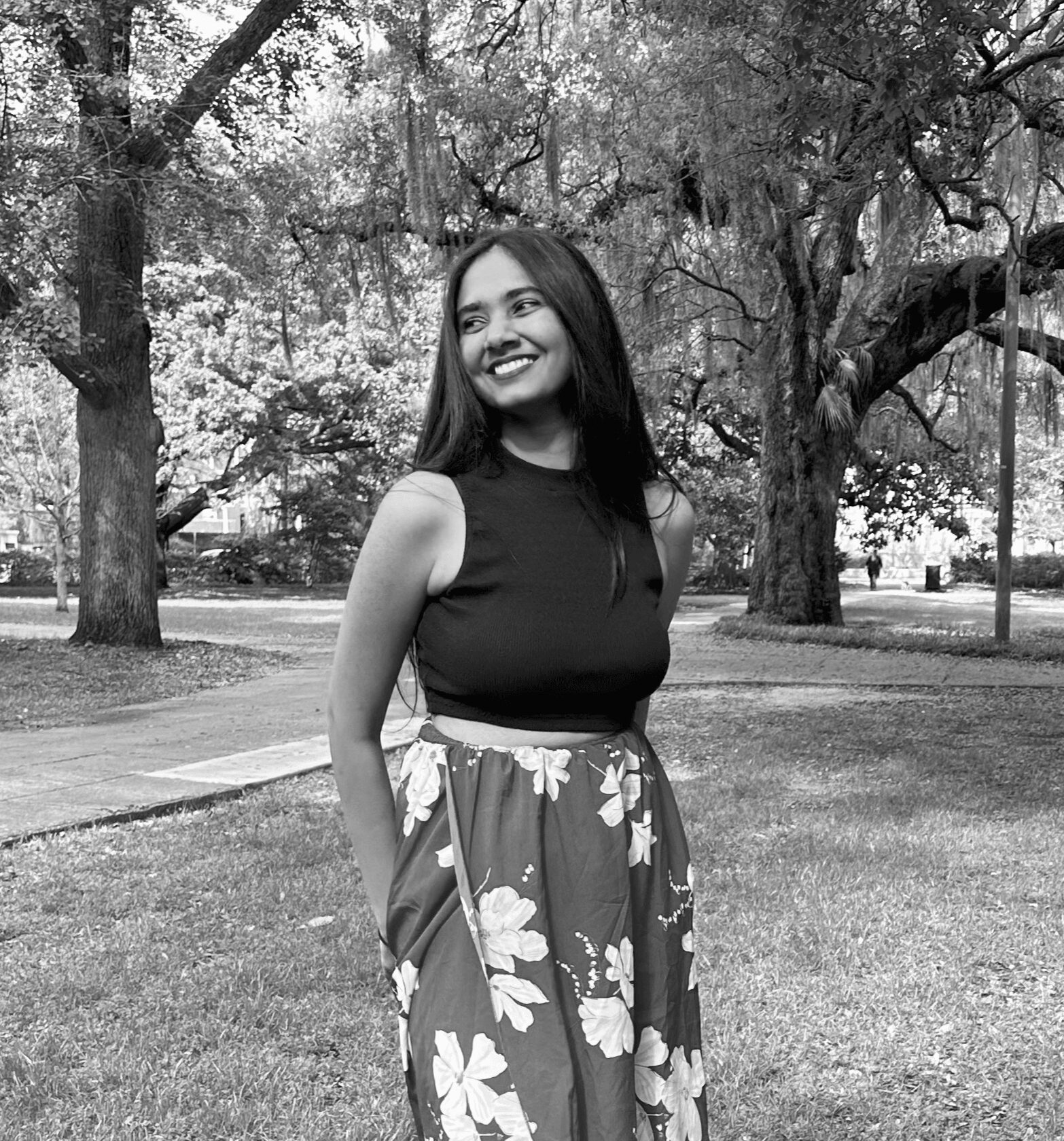

Today we’d like to introduce you to Anoushka Darlene Braganza.
Anoushka Darlene , we appreciate you taking the time to share your story with us today. Where does your story begin?
My journey has been anything but linear—shaped by loss, discovery, curiosity, and an unwavering pull toward creativity. As a child, I was always drawn to the creative world—constantly learning something new, whether it was calligraphy, sketching, painting, building, or crafting. My interests evolved, but they were always rooted in creativity. It wasn’t just a hobby; it was my language, my comfort, and my way of understanding the world.
Hello! I’m Anoushka Darlene Braganza, an experiential and object designer. My formal journey began when I joined an interior design program in Mumbai, where I found my place, excelling not only in academics but also in hands-on studio work. What excited me most wasn’t just creating beautiful spaces but creating spaces that made people feel something. I’ve always believed that the environments we build or choose to inhabit reflect something deeply personal about who we are. For me, design became a tool to express, evoke, and connect.
My journey continued with real-world projects and on-site executions in Mumbai, collaborating with brilliant minds at renowned firms and also gaining experience in event and fashion week design. It was during the creation of a furniture piece for my undergraduate thesis that a pivotal shift occurred. I realized I didn’t just want to design—I wanted to build. I wanted to understand materials, techniques, and construction from the ground up because I believe true creativity is born when imagination meets craftsmanship. That realization led me to pursue an MFA in Furniture Design at the Savannah College of Art and Design (SCAD).
At SCAD, I fully immersed myself in the art of making. I explored woodworking, metalworking, ceramics, and a range of other techniques. My thesis, Pause (,), was inspired by surrealist poetry, particularly André Breton’s work. It was a deeply personal project, a collection of functional pieces designed to interrupt daily routines and invite reflection, connection, and emotion.
Today, I run Not So Square, a brand that embodies everything I’ve learned along the way—a celebration of the unexpected, the emotional, and the beautifully unconventional. My work challenges boundaries of materials, form, and function, focusing on creating moments of pause in our fast-paced world. Every step of my journey, from childhood crafts to building furniture, has been about listening to that quiet, inner voice—and trusting it, even when the path didn’t seem clear. And if there’s one thing I’ve learned, it’s that following that voice leads to extraordinary places.
We all face challenges, but looking back would you describe it as a relatively smooth road?
No, it certainly hasn’t been smooth, but every struggle has offered valuable lessons. My path has been one of growth, shaped by both triumphs and setbacks. Initially, I started my academic journey in zoology, driven by a deep love for animals after the loss of my pet. However, as I delved deeper into the field, I couldn’t shake the pull of design that had me drawn since I was a child. Switching paths wasn’t easy—it required me to let go of something I had invested time and energy in, and the uncertainty about whether I was making the right choice was overwhelming, but I knew I could still help in causing “the change” that I always wanted to make in the world.
Once I embraced Interior design, my first step to the design world, the struggles didn’t end. I faced self-doubt, especially during the transition from theory to practice. The technical aspects of design—materials, tools, and construction methods—were initially unfamiliar, and there were moments when I felt out of my depth. But it was in those moments of discomfort that I grew the most. I learned to embrace failure as part of the creative process. The late nights, the mistakes, and the lessons learned from those setbacks became the foundation of my resilience.
At SCAD, I faced one of my biggest challenges: understanding not just how to create, but how to fail, learn, and rebuild. I realized I had to master the craft of making. Learning how to balance artistry with technical skill was no small feat, but it was essential. There was also the challenge of finding my voice in a design world that often feels constrained by trends and conventions. I wanted my work to be more than just aesthetically pleasing—I wanted it to evoke emotion, tell stories, and encourage deeper thought. Finding the courage to create designs that weren’t conventional took time, but trusting my instincts made all the difference.
Through these challenges, I learned that design is as much about resilience as it is about creativity. It’s about solving problems, learning from failures, and continuously evolving. Every struggle has been part of the process that led me to where I am today.
Thanks – so what else should our readers know about your work and what you’re currently focused on?
I specialize in creating functional, emotionally charged design experiences that transcend traditional boundaries. My work spans furniture, spatial design, and objects, with a focus on blending organic and geometric elements—striking a balance between fluidity and structure. What sets me apart is my belief that design isn’t just about creating something that looks good. It’s about crafting pieces that make people feel something. I aim to transform the ordinary into the extraordinary and invite people to pause, reflect, and engage with the spaces and objects they encounter.
I’m most proud of my thesis project, Pause (,). This collection of furniture, inspired by surrealist poetry, was designed to provoke thought, evoke emotions, and invite reflection. It wasn’t just about creating functional pieces—it was about creating a dialogue between the object and the person interacting with it. It was a project that challenged the traditional notions of what furniture can be and embodied my belief in design as a tool for storytelling and emotional connection. Seeing the reactions of people at the Cedar House Gallery exhibition in Savannah, GA, reaffirmed my conviction that design should spark curiosity and reflection.
What really sets me apart is how I approach creation. I don’t just design to solve problems; I tap into raw emotions, subconscious thoughts, and deeper layers of human experience. My designs start with the emotional—the way a piece feels, how it interacts with its surroundings, or how materials can evoke a sense of connection. Creativity and function coexist harmoniously in my work, as I aim to create pieces that are not only visually striking but also meaningful and ergonomic.
I’m also known for my innovative use of materials and construction techniques. From woodworking and metalworking to ceramics and woodbending, I’ve honed my skills to ensure that every piece is crafted with an understanding of how materials shape the design and user experience. My goal isn’t just to create aesthetically pleasing objects; I want to create meaningful experiences.
At the heart of my work is the intention to create moments of pause—whether through a custom piece of furniture or a fully designed space. I want people to look at my work and feel something, to question assumptions, and to engage with their surroundings in new and meaningful ways. That, I believe, is what truly sets me apart: the ability to blend art, functionality, and emotion into a cohesive, thoughtful design.
Alright, so to wrap up, is there anything else you’d like to share with us?
For me, design is more than just a profession—it’s a way of life. It’s about embracing the unexpected, celebrating the imperfections, and pushing beyond conventional boundaries. I believe the most powerful designs are those that evoke curiosity, spark reflection, and invite people to experience the world in new ways.
My brand, Not So Square, reflects this philosophy. It’s about thinking outside the box, finding beauty in the unconventional, and challenging the norms. The pieces I create aren’t just functional—they tell stories, create emotional connections, and encourage people to pause and reflect. In a world that often moves too fast, I want my designs to offer a moment of stillness, a chance to engage on a deeper level.
I’m constantly inspired by the overlooked and underappreciated aspects of life—the small, subtle moments that often go unnoticed. I hope my work encourages others to take the time to look closer, to think deeper, and to embrace the possibility of what could be.
Ultimately, I believe design is a deeply personal experience. It’s not just about creating something that looks good—it’s about creating something that resonates, that challenges, and that speaks to people on a deeper level. Whether it’s a piece of furniture, a space, or a simple interaction, I hope my work inspires people to connect with their surroundings and, in turn, with themselves.
Thank you for taking the time to explore my journey. I hope it sparks something in you—whether it’s a new way of thinking, a deeper appreciation for the everyday, or simply an invitation to see the world with fresh eyes.
Contact Info:
- Website: https://issuu.com/anoushkadbraganza
- Instagram: https://www.instagram.com/_notsosquare_/
- LinkedIn: https://www.linkedin.com/in/anoushka-braganza27/
- Youtube: https://www.youtube.com/@anoushkabraganza27
